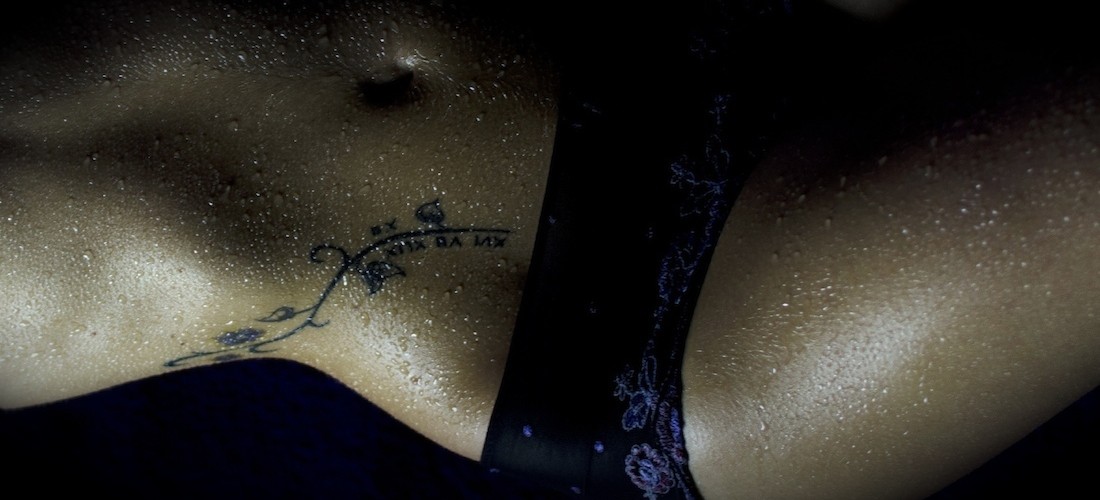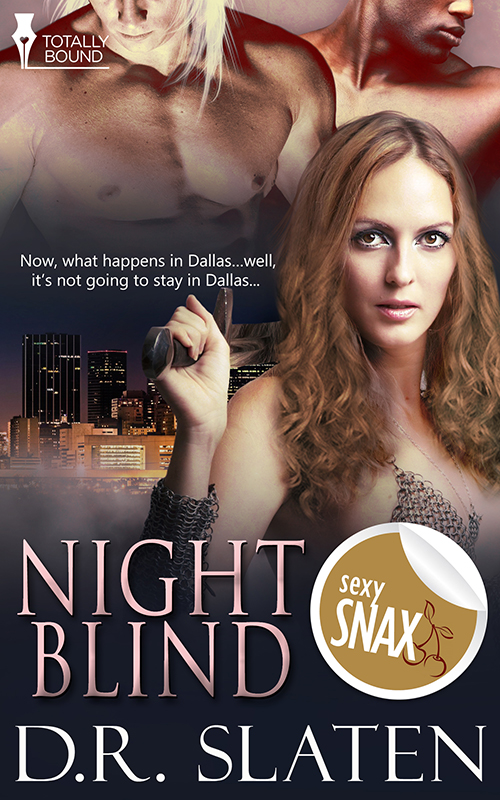I normally don’t write a whole lot about my writing process. While I think writing is endlessly fascinating, I don’t think non-writers think that at all. Not a lot of action happens when I write, well other than typing my ideas into the computer. lol So I try to make this blog about more interesting things. Things that interest me. But every once in a while, I like to share what I’m writing as well as how I write. Today is a process piece. It’s all about editing.
This is not an advance class on editing. It is my technique for editing. I do one big edit and then I am done. I use a combo of Holly Lisle and Rachel Aaron‘s technique. Do what works for you. Like both of them, however, I do believe there is such a thing as over editing and diminishing returns on additional edits.
I print out my manuscript. That’s right. I don’t do a computer edit, not at first. The print out lets me switch from writer to editor mode in my brain. I become the teacher with a red pen. Then, I let it sit for at least 24 hours. Other people let it sit for weeks, months, etc. I can’t do that. I have a driving need to finish what I start. And having a polished, edited manuscript is the end of writing that book. For me at least.
1. Read the entire document through. Either underline or put check marks by misspelled words. Every time you see a time- day, hour, month, etc., reference write it down in a separate notebook making a timeline. On another sheet, write down plot holes, things that didn’t explained, characters introduced but not developed, etc. Big huge glaring things. Add a note of the page number.
2. Now read through again. Start scene analysis. Do this scene by scene. I write primarily romances. So I ask the question: Does this scene further the romance? Does it develop either character? Does the scene further the conflict by my heroine/hero? If not, mark it out. Fix timelime issues. You will be able to see them from the timeline you made. Fill in plot holes, explain the unexplained, remove undeveloped characters or add stuff to develop them. Remove extraneous words. Is the scene a mini-story? Could better words be used? Your pages on paper should look like it is bleeding red. lol
3. Start on page one and start making your corrections into the computer version of your document. If you found some stuff as you correct, if it is little things… fix as you go. If not, write it down. Make all your corrections from the earlier notes. Fix time and place issues.
4. Do another read through. Write down any errors you see and add it to your list. When you are done, go back and fix all the things wrong on your list by page. Do not start at the beginning again. Just fix your list mistake by mistake.
5. Do a final spellcheck. I usually do a concurrent grammar check as well. But this is fiction so there are a lot of exceptions. Many of you will and can skip adding in the grammar checker.
6. Now, let it sit for 24 hours. Either load your document onto a kindle or make a pdf file. Read it through from beginning to end like a reader. Use your reader brain. Does it work? Do your words flow? Is it a good story? Make logical sense?
7. Fix any errors caught on the read through like a reader reads. lol Do a final spellcheck.
8. Put the frickin thing away as you send it out into the big, wide world. 🙂
Viola, you are finished. And that is how I edit.
It used to take me two weeks to edit a manuscript of 20-30K words because I didn’t plot out my stories. Then I started using a vague basic outline and my editing time diminished. Now, I write using a detailed outline and my editing time is cut almost by half to two-thirds. Why? Because I normally don’t have huge plot gaps anymore, or timeline issues- they got resolved in my outline already. Sometimes my characters do something I didn’t outline, so I just put it into my outline, work out further problems later in my outline that occur as a result and viola, back to using my outline for my story. I just started doing this for my last manuscript. The difference is AMAZING.
An outline also helps in writing a synopsis. I already have the bones to the synopsis in the outline. Easy peasy. I will never write without a detailed outline again. Not only does it help with my writing, it is invaluable at the end when I am editing. Cuts my work time in half.
Start another manuscript while your finished manuscript is marinating. Then you can either edit straight through or write half the time/edit half the time. The choice is yours.













